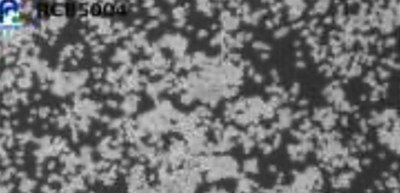
CHL-YN cells with a short double speed will accelerate domestic biopharmaceutical production
A group of researchers from Osaka University has established immortalized cells from Chinese hamster lung tissues, CHL-YN cells. It has the doubling time* of 8.1 hours so that it can produce recombined proteins quickly. This may reduce the fabricating time to produce antibodies and vaccines to about half.
*Doubling time: the time it takes cells to double in number.
Chinese hamster ovary (CHO) cells, an epithelial-like cell line established by Dr. Puck in 1957, are widely used in the biopharmaceutical industry to produce recombinant proteins such as immunoglobulin G (IgG). CHO cells also have advantages over other hosts, such as Escherichia coli and Saccharomyces cerevisiae, in terms of the correct folding, assembly, and post-translational modifications such as glycosylation of proteins. Since their biological safety has been confirmed in impurity tests, CHO cells are suitable for industrial applications.
CHO cells can adapt to serum-free media and can be cultured in chemically-defined media without animal-derived components. When CHO cells are cultured in serum-free media, cells detach from the surface and float, which enables large-scale high-density cell cultures in bioreactors.
This group established a cell line derived from lung tissue of Chinese hamsters and named it Chinese hamster lung (CHL)-YN cell in order to develop a highly productive host cell that can be a faster-growing alternative to conventional CHO cells.
The CHL-YN cells were naturally transformed and immortalized and their biosafety was confirmed by in vitro sterility testing, mycoplasma detection, and reverse transcriptase assays.
The amount of glycosylated immunoglobulin G (IgG)1 produced by CHO-K1 cells was produced by CHL-YN cells within a shorter period of time.
The researchers expect that fast-growing CHL-YN cells can be host cells for domestically producing recombinant proteins and will replace CHO cells, for which customers are currently required to pay a license fee to use.
Figure 1
The article, “Establishment of fast-growing serum-free immortalised cells from Chinese hamster lung tissues for biopharmaceutical production,” was published in Scientific Reports at DOI: https://www.nature.com/articles/s41598-020-74735-0.
Related links
Omasa Laboratory, Biochemical Engineering, Graduate School of Engineering, Osaka University (link in Japanese)
